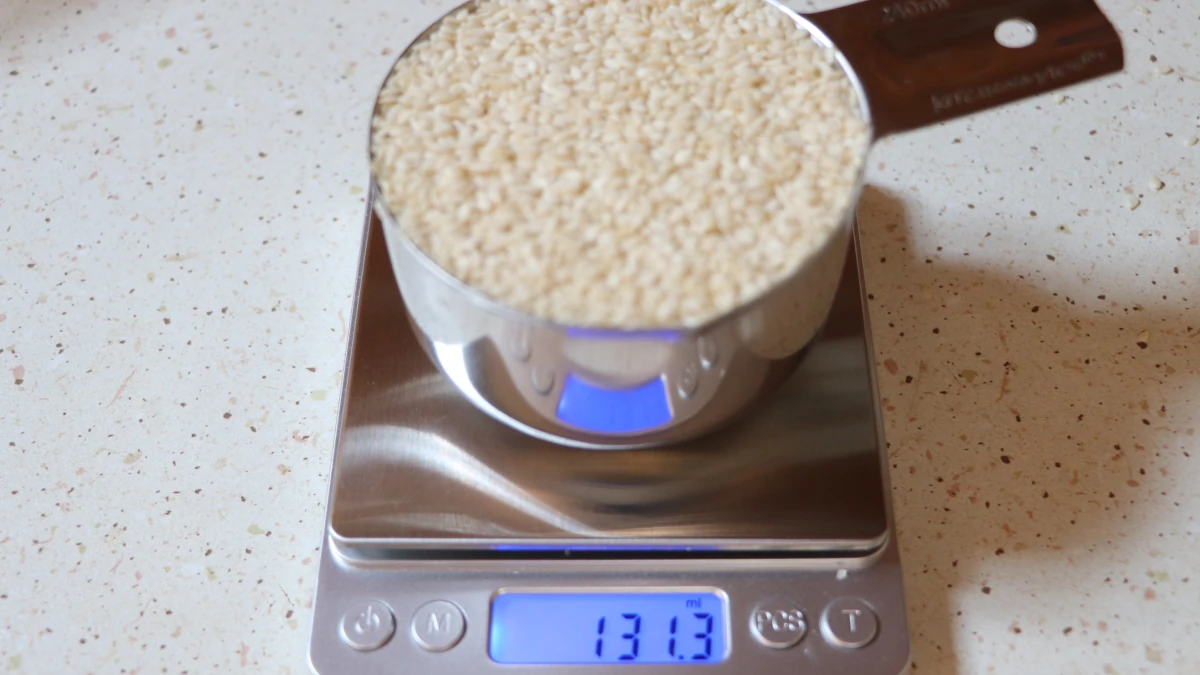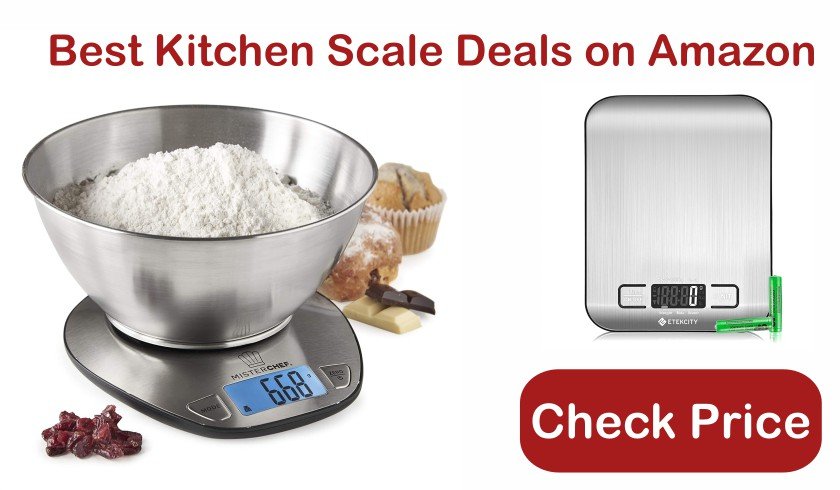One of the main goals of launching this website was to provide accurate data on converting ingredients between the imperial (US) and the metric system. In other words, to help you convert cups to grams and vice versa.
When you’re looking for conversion rates, you can find very different data for the same ingredient. For example, for one cup of all-purpose flour, you might see different numbers ranging from 120 to 135 grams.
One reason for this is that there’s no set conversion rate between volume (e.g., cups) and weight (e.g., grams). Another reason is that the internet often doesn’t prioritize exact data and factual information. Many websites sharing conversion rates just copy and paste numbers from other sites without verifying the sources or the actual measurements.
It’s time to start an online information center where you can find factual, verified data about kitchen conversion rates.
How We Define Conversion Rates
Here are the rules we follow to define conversion rates for kitchen ingredients. You can be sure that every data point you find on this website has been subject to this ingredient measurement methodology.
- We measure every ingredient by ourselves.
- We do 5 measurement of the same ingredient and use the mathematical average.
- One cup of the ingredient is always measured, sometimes also one tablespoon. All other measurements (e.g. fl oz, teaspoon) are derived from this data.
- Cup to grams conversion rates are rounded to the nearest 5 gram value. That means that if we measure 1 cup of an ingredient to be 123.6 grams, we’ll use 125 grams.
- We take pictures or our measurement.
Why Rounding?
If you’re a hardcore mathematician or statistician, one thing might have caught your eye in our ingredient measurement methodology.
Why do we round gram values to the nearest 5?
Here are the reasons:
- It’s much easier to use “round” numbers like 125 instead of 123.6. Like it or not, these conversions are for everyday life use in the kitchen, and nobody wants to mess around with
- Most kitchen ingredients vary between 100 and 250 grams per cup. The maximum effect this rounding can have is than 2.5%, and it’s usually about 0.5-1%.
- 1 or 2 grams are an extremely small amount. Your recipe wont be affected at all if you use that much more or less of any ingredient. Yes, this is even tru for the most delicate pastries.
- Most kitchen scales can have an error rate of 1-2%.
- The whole system of measuring ingredients by volume (such as cups, tablespoons) can have an error rate of 2-5%.
So rest assured, if you use our conversion rates, you’ll never have to worry about how much of an ingredient to use in a recipe.

